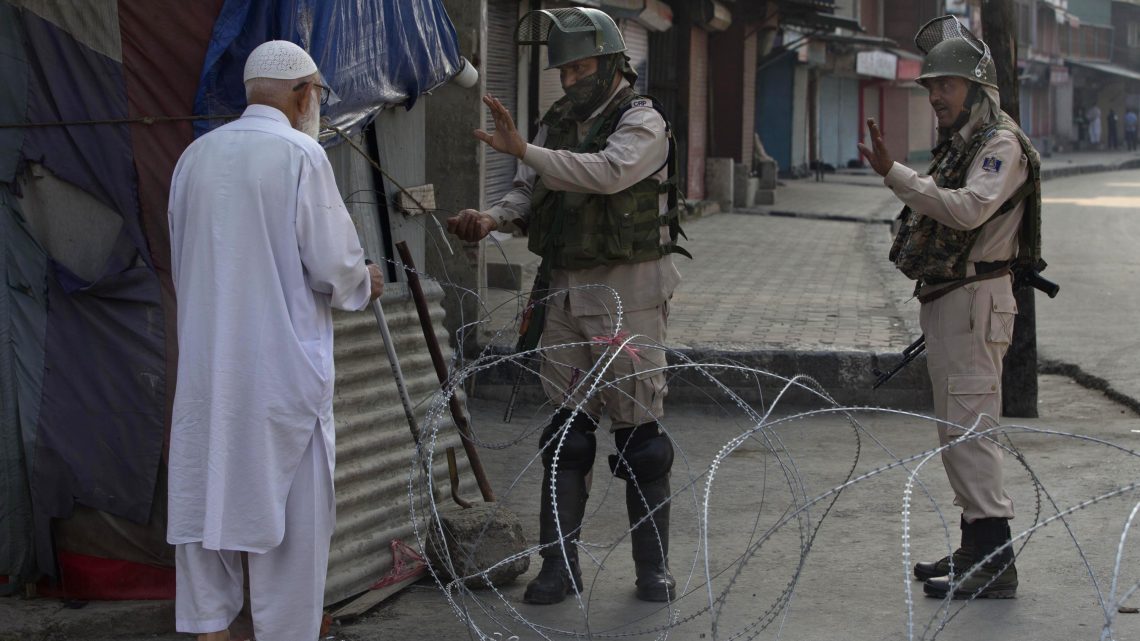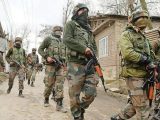
Indian Army Day: Balancing Security and Humanitarian Concerns in IIOJK
January 15, 2024As India celebrates Indian Army Day on January 15, it is imperative to reflect on the complex dynamics surrounding the deployment of over 900,000 troops and paramilitary personnel in the region of Indian Illegally Occupied Jammu and Kashmir. While the Indian Army plays a crucial role in maintaining security, the high troop concentration has raised significant human rights concerns and has lasting impacts on the civilian population.
The presence of over 900,000 Indian troops in Kashmir represents one of the highest concentrations globally, with some areas experiencing a troop density surpassing one soldier per ten civilians. This heightened military presence has become synonymous with the daily lives of over five million Kashmiris for more than three decades, shaping the region’s social and economic landscape.
The extensive network of checkpoints and frequent imposition of curfews severely restrict civilian movement in Kashmir. While these measures are aimed at ensuring security, they often result in considerable inconveniences for the local population. Striking a balance between security concerns and the freedom of civilians remains a challenging task.
The concerning statistics of over 8,000 documented cases of enforced disappearances since 1990 and high rates of alleged extrajudicial killings, torture, and arbitrary arrests underscore the need for a nuanced approach in dealing with security challenges. Addressing human rights violations is crucial to building trust and fostering a sense of security among the Kashmiris.
The impact of prolonged conflict is perceptible in the mental health of Kashmiri people. Nearly 50% of school-aged children exhibit symptoms of Post-Traumatic Stress Disorder (PTSD), reflecting the profound psychological trauma experienced by the younger generation. The prevalence of anxiety and depression among civilians further emphasizes the need for comprehensive support systems.
The economic toll of the conflict is evident in Kashmir’s GDP per capita, significantly lower than the national average. Restricted movement and pervasive fear hinder economic activity and development, making it imperative to explore avenues for sustainable economic growth that considers both security and the well-being of the local population.
As India commemorates Indian Army Day, it is essential to acknowledge the challenges faced by the civilian population in IIOJK. A balanced approach that addresses security concerns while prioritizing human rights, mental health, and economic development is crucial.

